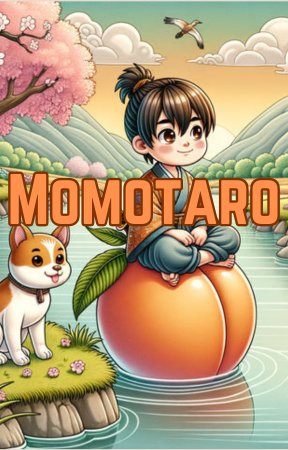Long ago, in the heart of the Andes mountains, there thrived a powerful and prosperous civilization known as the Muisca. The Muisca people were skilled artisans, cultivating lush crops on the fertile terraced fields that adorned the landscape. But it was their reverence for gold that would give birth to the legend of El Dorado.
At the center of the Muisca’s beliefs was a sacred ritual that took place at the shimmering Lake Guatavita. It was said that the Muisca king, known as the Gilded One, or El Dorado, was the earthly manifestation of the Sun God. To honor the gods and ensure the prosperity of their people, the Gilded One performed an awe-inspiring ceremony.
On the day of the sacred ritual, the entire Muisca community gathered around the mystical lake. The air crackled with anticipation as the Gilded One emerged from his grand temple, draped in a cloak woven with threads of pure gold. His face adorned with intricate golden masks, and his body shimmering with golden dust, he looked like a living god.
With an aura of grace and power, the Gilded One ascended a magnificent raft, crafted from the finest wood and encrusted with precious gems. Four strong Muisca warriors, also adorned in golden ornaments, gently propelled the raft to the lake’s center, where the waters ran deepest.
As the raft glided across the calm waters, the Gilded One began his sacred incantations, invoking the blessings of the gods for his people. He took handfuls of gold and precious stones and, with a ceremonial gesture, cast them into the lake as offerings to the divine beings.
Witnessing this extraordinary spectacle, the Muisca people couldn’t help but be awestruck. The glint of gold dancing on the water’s surface reflected the dreams and desires of everyone present. Some say they saw the gods themselves emerge from the depths, whispering promises of unimaginable wealth and eternal prosperity.
News of the legendary ceremony spread like wildfire, reaching the ears of Spanish conquistadors thirsting for riches. Among them was the ambitious Gonzalo Pizarro, a valiant and cunning adventurer determined to find El Dorado and claim its treasures for Spain.
Gonzalo Pizarro assembled a formidable expedition, a band of seasoned conquistadors eager to follow him into the uncharted depths of the Amazon rainforest. They braved treacherous jungles, wild beasts, and hostile tribes, driven by the allure of gold that danced in their dreams.
The journey was fraught with peril, and many fell victim to the unforgiving landscape. Despite the hardships, Pizarro’s determination remained unwavering. Guided by the whispers of the legend, he pressed on, convinced that El Dorado was within his grasp.
Finally, after months of arduous travel, Pizarro and his dwindling band of men stumbled upon a breathtaking sight. Before them lay a magnificent city, its buildings adorned with gold and precious gems, reflecting the brilliance of the sun.
The conquistadors rushed into the city, their eyes filled with greed and wonder. Yet, as they drew near, the mirage-like city began to fade, revealing a cruel illusion. The golden city, the wealth they had sought so desperately, was but a mirage, a tantalizing vision that could never be grasped.
Broken and disillusioned, the surviving conquistadors returned to their homeland, leaving behind only whispers of a city that was never truly there.
And so, the myth of El Dorado continued to captivate the imaginations of adventurers and dreamers throughout the ages. Some believed it was a physical place, a lost city of untold wealth, while others saw it as a metaphor for the human pursuit of unattainable desires.
Regardless of its true nature, the legend of El Dorado remains a timeless tale of the human spirit – its courage and ambition, its yearning for more, and its eternal quest for the elusive city of gold. And so, the legend lives on, forever shining like the precious metal it is named after, inspiring generations yet to come.







